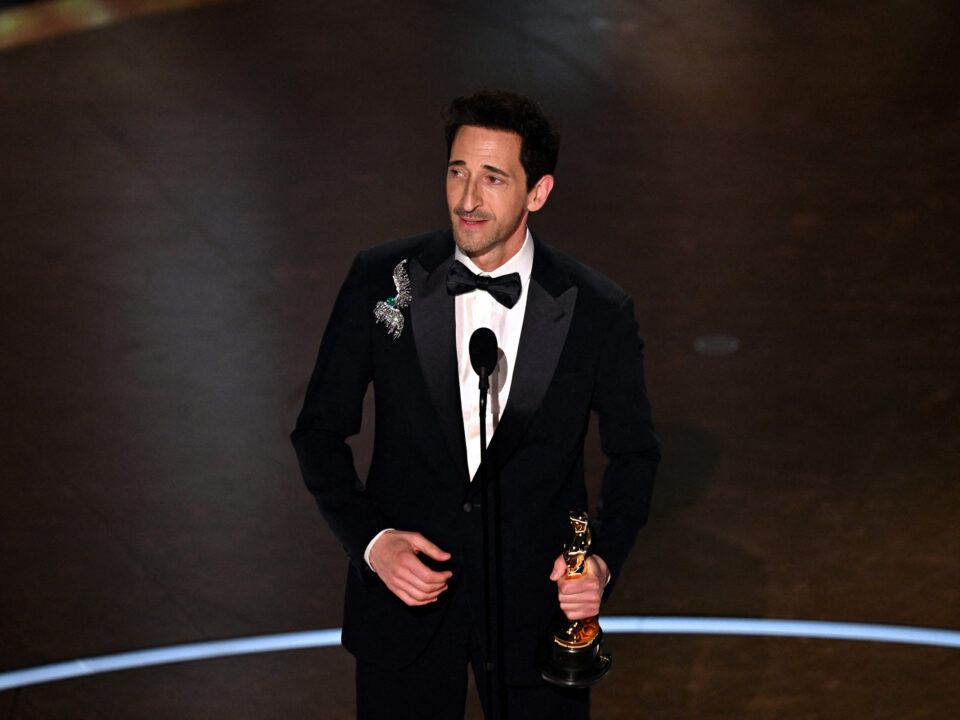The Boy And The Heron: Hayao Miyazaki’s Latest Masterpiece
Hayao Miyazaki, the founder of Studio Ghibli, is well known for his absolutely beautiful animated films, such as “Spirited Away,” “Howl’s Moving Castle,” “Princess Mononoke” and many more.
Once again, Miyazaki has produced a stunning film, “The Boy and The Heron” or its Japanese title, “君たちはどう生きるか” pronounced: Kimitachi wa Dō Ikiru ka, lit. (translates to ‘How Do You Live?’).
This film is based on a multitude of different sources, one being Miyazaki’s own childhood, where he experienced the bombing in Japan during WWII. Another source is Japanese folklore, which is a common inspiration in Studio Ghibli films.
There are also two novels that the plot is loosely based on, “The Book of Lost Things” by John Connolly and “Ghost Tower” by Edogawa Ranpo. The title of the film, “Kimitachi wa Dō Ikiru ka, lit.,” references a 1937 novel book with the same name, but is not an adaptation.
The film is set in Japan during WWII, in Tokyo and the countryside. Mahito, the main character, is a young boy who experiences a devastating loss at the start of the film. One of the overarching themes that stems from this is grief and how we cope with losing loved ones. Throughout the film, there are references to death and grief and we see that experience through the eyes of a child.
Mahito and his father move to the countryside, and he must cope with a lot of change on top of his grief and the trauma he went through in Tokyo. The movie does a fantastic job with the way it animates other background characters in certain scenes. They made them blurry and amorphous, which can be how it feels when we experience intense traumas. Everything seems unreal, like we might be asleep and the animation captures it beautifully.
As far as the plot, it can get confusing at times. Since the film dives into Japanese folklore about the spirit world and other otherworldly things, it can become unclear at different points what is going on, but that makes the story more engaging.
If you are one who gets a little squeamish, there is one character that may make you uncomfortable, just as a warning, but it’s worth it to experience the film as a whole. The story can get emotionally heavy at times, however, that’s a part of what makes this such a successful piece.
The movie encourages, even dares the viewer to sit and deal with how uncomfortable and painful grief can be. As a society, here in America, we are oddly different in how we handle grief.
Other cultures, like Japan, view death as a natural part of the process of life. In much of their folklore, there is belief in the spirit world, which can bleed into our world at times. In American culture, death is a taboo and avoided topic, unlike in cultures like Spain, where funerals are a celebration of someone’s life, rather than a somber occasion.
Regardless if you are a fan of Studio Ghibli’s other work – like this author is – or not, this film should be added to your watch list.


